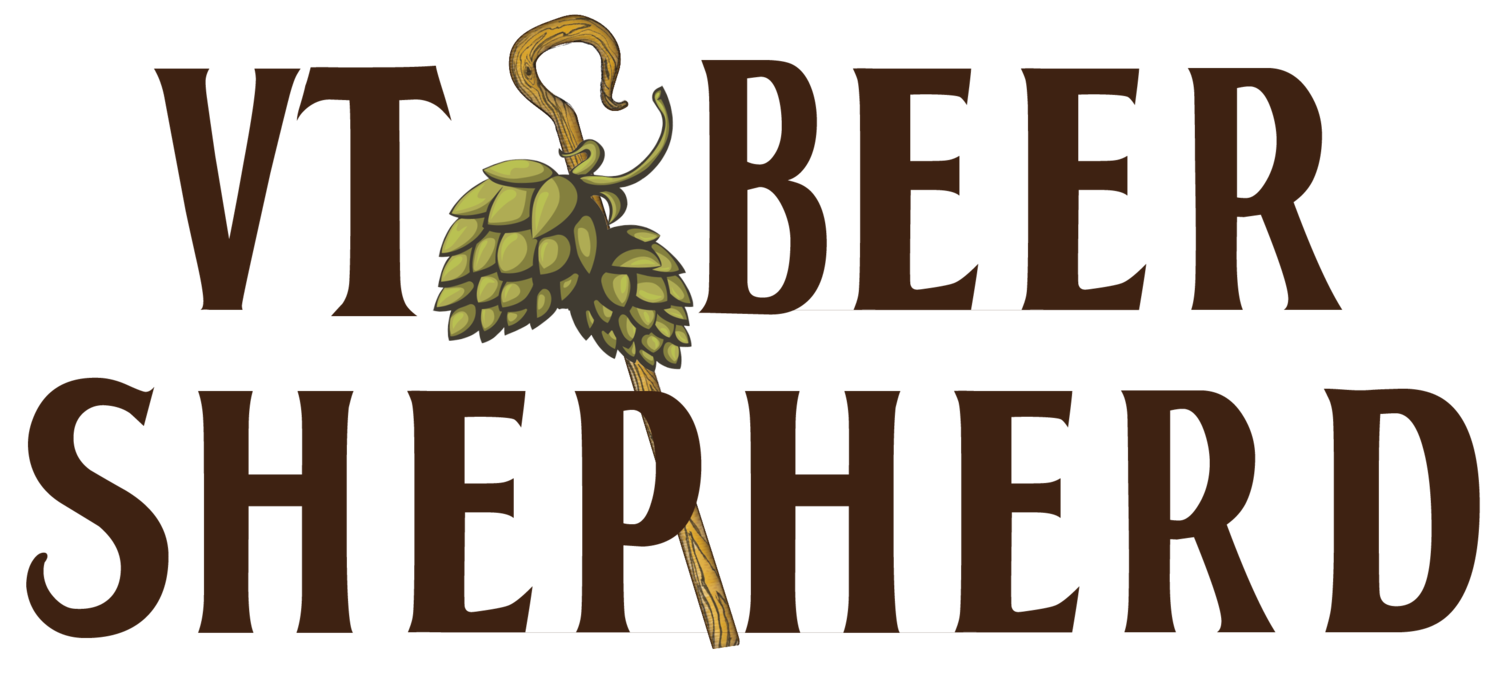Montsarra Cava
By David Keck
As the Fall colors evolve and the nip in the air develops a more serious chill, it’s a perfect time to think about what fun beverages should be involved when your quarantine friends can gather (small groups, socially distanced, of course) and enjoy the holiday season. Bubbles are always a good way to celebrate, but also to simply greet people, drink with the meal (and in all their different forms, they often pair with a wildly diverse assortment of cuisines and meals), or drink on a Sunday afternoon.
We have a new, delicious, and very affordable bottle of bubbles that can bring a little bit of Spain to your fall beverage lineup. Montsarra Cava is produced in the Alt Penedès region of Spain. In the mountains to the east of Barcelona, this is perhaps the most famous and respected region for Cava production.
A brief digression on Cava itself—Cava is sparkling wine made in Spain in the traditional method—ie: the same way that Champagne is made with the second fermentation (creating the bubbles) occurring in the bottle. It is required to rest on the yeast cells (lees) from the second fermentation for at least nine months by law to develop more richness and complexity. Cava is an unusual appellation in that it is defined by the style, not the region. MOST of the Cava produced in Spain is from the Penedès region (broken into Alt, Central, and Baix, with the bulk of the production in the Penedès Central), and is traditionally made with the indigenous varieties of Macabeo, Parellada and Xarel-lo (CHA-rel-lo).
Gyropalette
Pictured here is a gyropalette, first receiving widespread use in Spain in the 1970s. Champagne has traditionally been hand-riddled for many years. Riddling is the process of twisting each bottle as it lies at an angle with the top of the bottle facing down so that the yeast slowly moves into the neck of the bottle for disgorgement (the removal of those yeasts before corking and shipping). The Spanish introduced the gyropalette which takes a notoriously dangerous job (bottles haven’t always been so well made! Riddling could involve lots of flying, pressurized glass), and making it much faster, safer, and mechanized. These are now used in almost every producer’s cellar where traditional method sparkling wine is made.
Montsarra Cava is housed in a medieval Catalan farmhouse in the little village of Torrelles de Foix with the vineyards lying between 800 and 1000 feet, providing a perfect microclimate for the white grapes used in their Cava production. Ramon Viader Guixà is the winemaker, and despite usually working with 60-70% Macabeo, 15-20% Xarel-lo, and 15-20% Parellada, this varies in any given harvest. The wines rest on their lees (dead yeast cells—super sexy, I know—after second fermentation) for at least 18 months and often a full two years before release, at least double the legal requirement.


